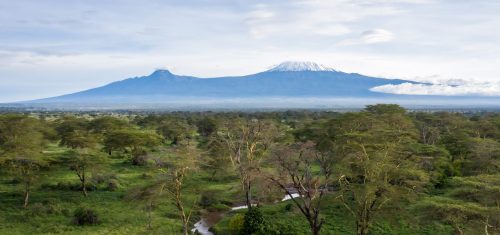
Preliminary research told me that 'Amboseli' stems from the Maa (the language of the Maasai people) word ‘empusel’ meaning ‘salty, dusty place’. Amboseli National Park (392 km2) is actually a blip in the Greater Amboseli ecosystem which is a whopping 8 000 km2. About a four-hour drive or a one-hour flight from Nairobi, Amboseli is arguably Kenya's most-loved and visited national park behind the Maasai Mara.
'There is no doubt that despite its relatively small size, Amboseli National Park holds its own as one of East Africa’s favourite safari destinations… it is a land of exquisite contrasts, iconic scenery, and extraordinary biodiversity' – Africa Geographic
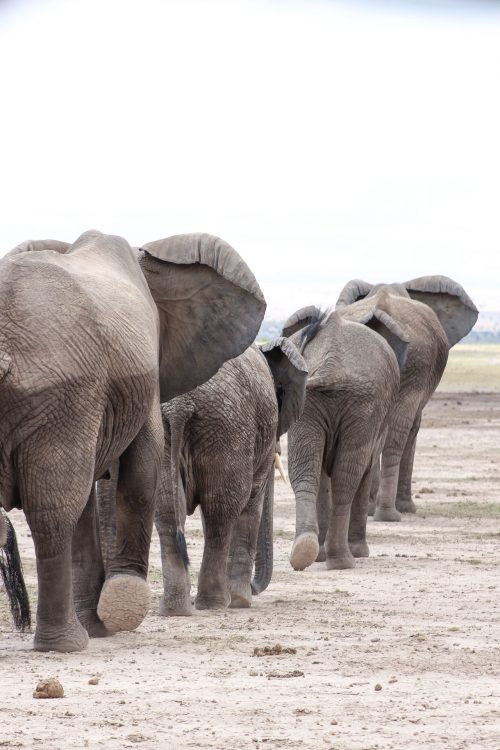
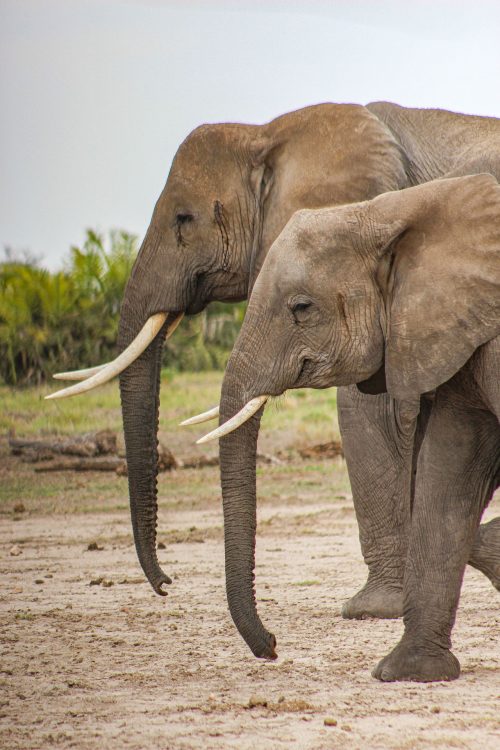
Amboseli very quickly became one of my favourite parks after a recent work trip with Angama’s marketing team (yes, I do have the best job). Home to over 420 different species of birds and an abundance of plains game, you’ll be hard-pressed not to find something to fix your binos on. Of course, what Amboseli is best known for is its elephants. Here you will find the last genetic links to Africa’s Super Tuskers — elephants with nearly 50 kg (100 lbs) tusks that scrape the ground as they walk. These genes, once common throughout Africa, have been hunted into oblivion making these elephants rare and precious ambassadors of their kind.

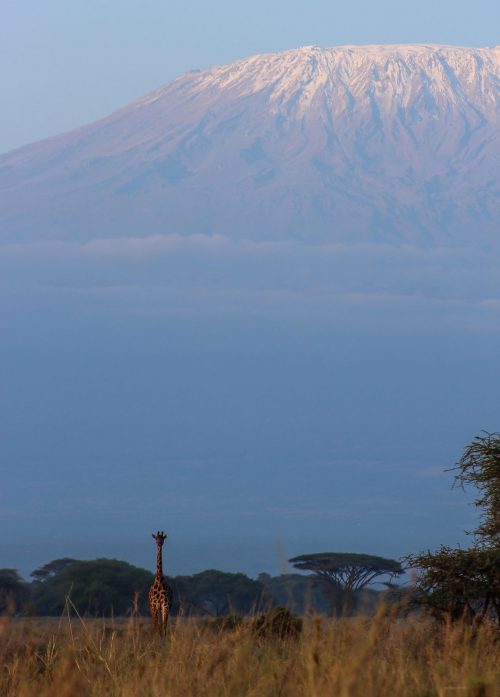
One can’t talk about Amboseli without mentioning 'Kili', or Mount Kilimanjaro to the unacquainted. She looms 5 895 metres high, just 50 km to the southeast of Amboseli in neighbouring Tanzania. Sometimes shrouded in fluffy white clouds, sometimes beaming in the morning sun, she’s an ever-present companion and beautiful addition to any view and/or photograph (be careful, she’s stolen plenty of hearts). Her snowy caps are the source of many of Amboseli’s water sources, one of which is a perennial stream that flows through Kimana Sanctuary — the future home of Angama Amboseli.

Kimana is a community wildlife sanctuary, the first of its kind in Kenya, established in 1996 and owned by no fewer than 844 family members. The ecosystem that surrounds Amboseli National Park is composed of a number of group ranches like this, land owned and occupied by Maasai people. As conservationists are forever working to gain space for wildlife beyond park boundaries, these parcels of land are a key component if they can provide alternative sources of income and benefits, preventing the landowners from turning to farming. This type of community-based conservation is fundamental to Angama’s operational philosophy and a crucial component of sustainable tourism efforts which drive us (when we're not delighting guests).

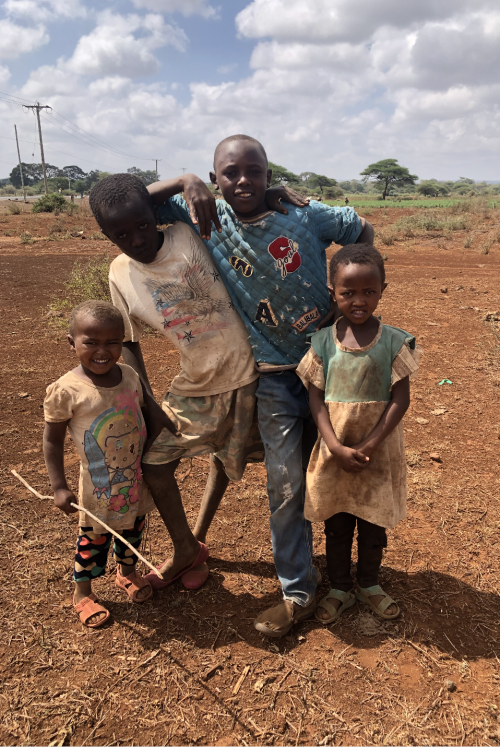
The Sanctuary and its neighbouring conservancies form a critical wildlife corridor that connects Amboseli National Park to the Chyulu Hills and Tsavo West National Park. It is said that more than 80% of large mammals of Amboseli are found outside of the formally protected area of the National Park during the wet season and it is through this corridor that they must pass. The most endangered part of the corridor is at our doorstep — just past our gate, known as the 'pinch point', is a path only 70m wide and 600m long with a busy highway cutting right through it.

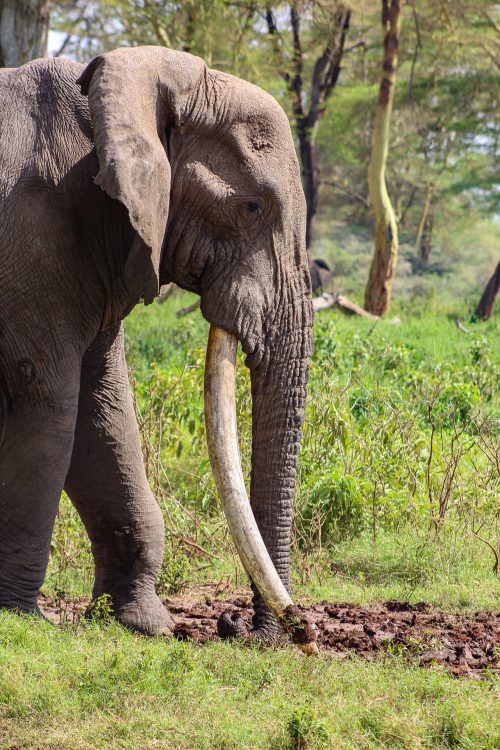
The highway is just one of the perils these animals must face; there are all-too-tempting farms situated on either side of the bottleneck. Unlike the Mara, our new neighbouring communities are mostly subsistence farmers, and for them, farming is often their only choice. As we learned recently with the unfortunate passing of Tolstoy, one of the Super Tuskers, farmers are forced to prevent their sole source of income from being destroyed by unpaying visitors. We hope our presence will provide an alternative model, inspiring other ecotourism companies to enter the area with substantial land-use fees and other economic benefits flowing back into the communities, helping to redefine the value of the land and the animals we share it with.
Filed under: Stories from Amboseli
Subscribe for Weekly Stories
Comments (1):
29 June 2022
We can't wait to delight our guests at Kimana and grow with the families surrounding this gem!
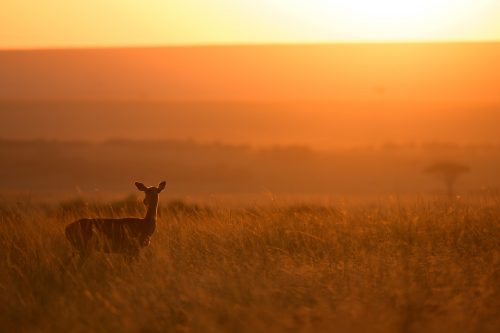
Rates & Availability